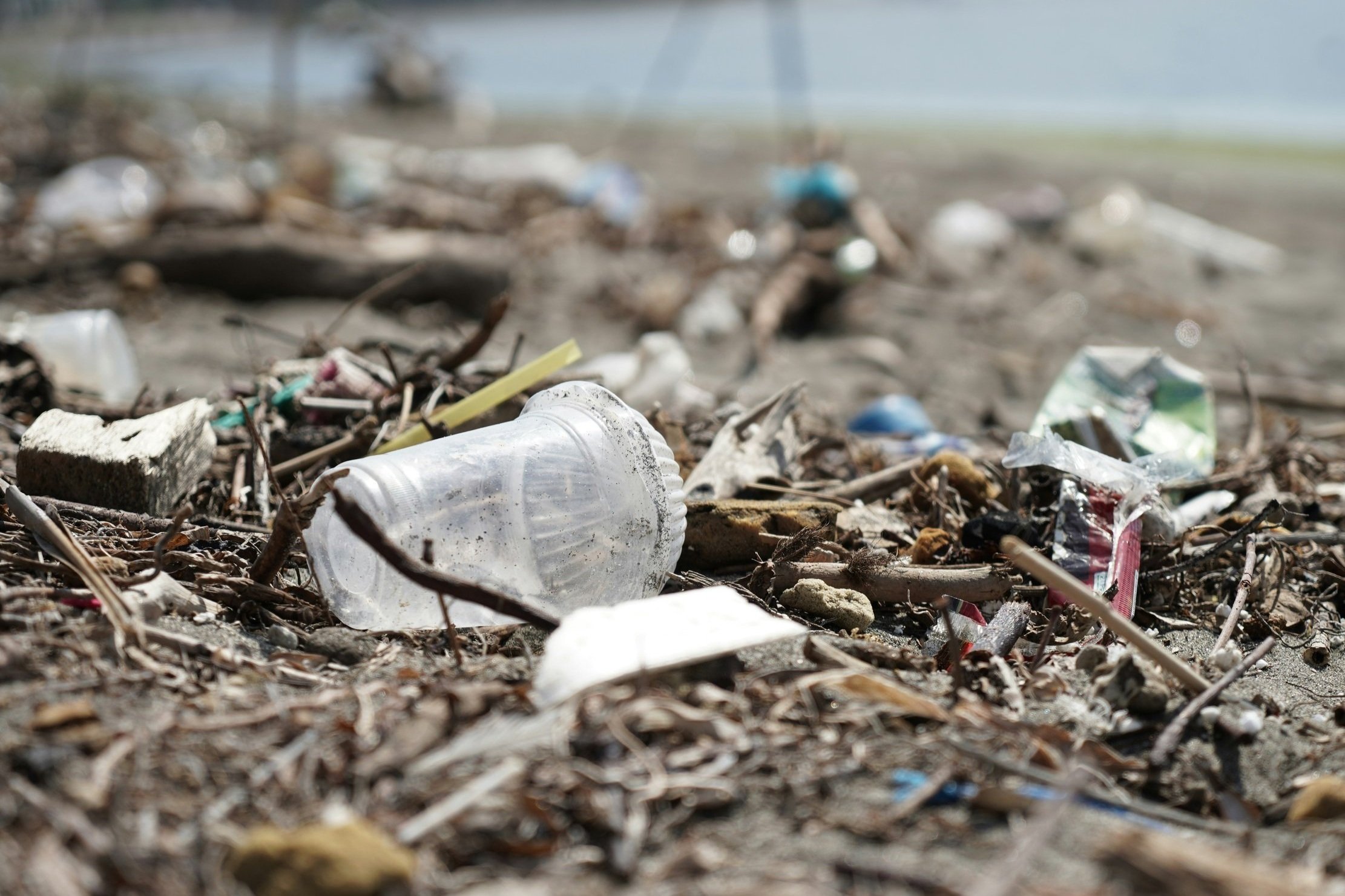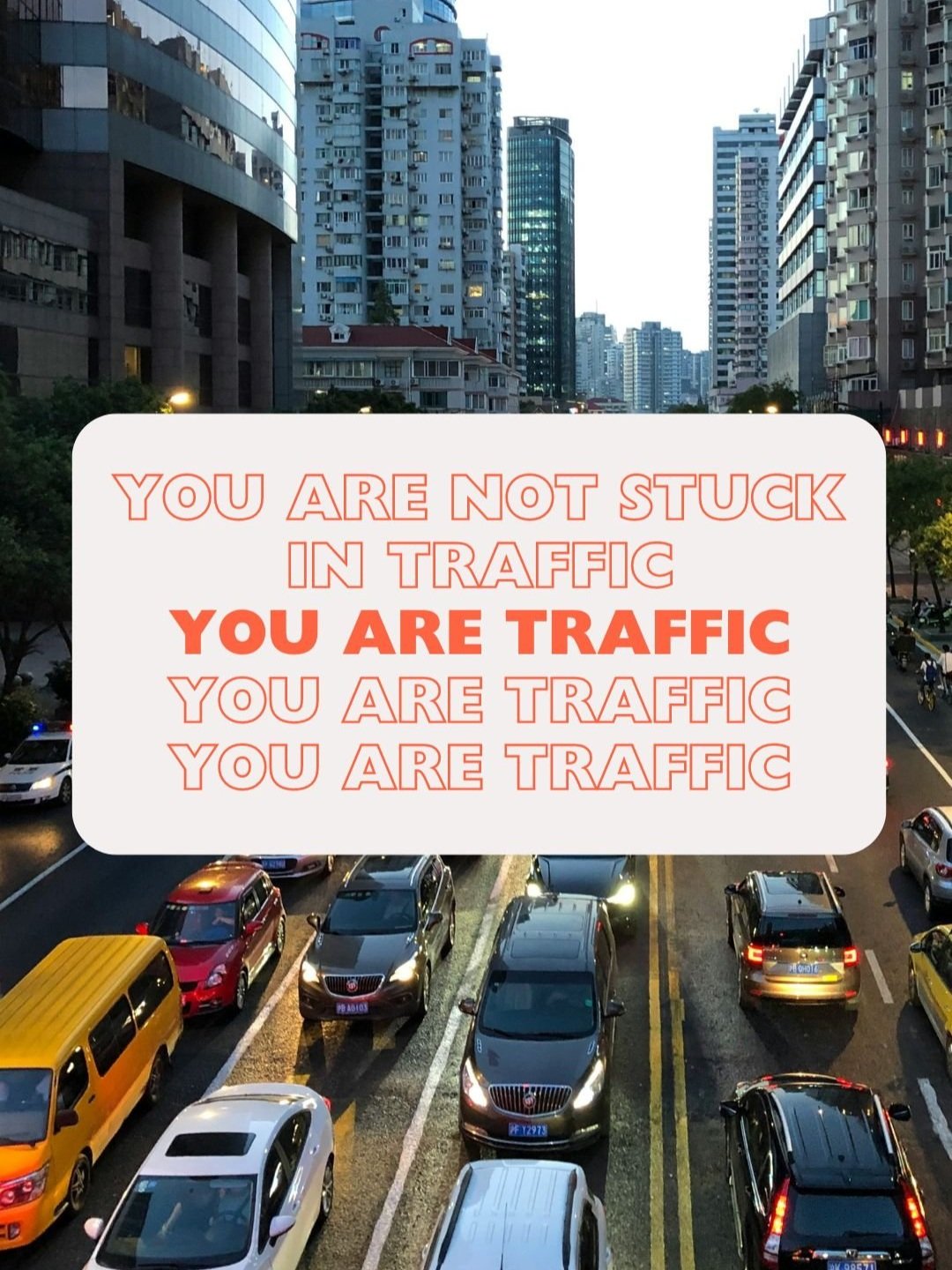Overtourism in Spain - A Cautionary Tale
“As consumers, we have so much power to change the world by just being careful in what we buy.” – Emma Watson
In Spain, locals are protesting in the streets. In Mallorca and the Canary Islands, residents have begun spray-painting walls and shouting at tourists to go home. This isn’t just about foreigners misbehaving—it’s about families being priced out of their homes, local businesses being replaced by generic tourist shops, and the creeping realisation that tourism, unchecked, can become a form of modern colonialism.
And the thing is: this isn’t new.
We’ve seen it before in Thailand when they shut down Maya Bay. We’ve seen it in Boracay, Philippines, when the island had to close to clean up its trash-choked beaches and rebuild its collapsing infrastructure. And if we’re not careful, we’ll keep seeing it again and again—especially across Southeast Asia.
But this isn’t just a story about what’s going wrong. It’s also about what we can choose to do differently. Because yes, overtourism is real. But so is your power to shape a better way to travel.
A Litmus Test: What COVID Revealed About Tourism’s Impact
When the world stood still in 2020, nature took a breath.
Turtles returned to nest on beaches in Thailand. Waterways cleared in Venice. Blue skies blanketed Indian cities long obscured by smog. Whalesharks and turtles were seen off the shores of Singapore. Orcas were seen just north of Sulawesi, Indonesia. For the first time in decades, the planet had a moment of pause from the pressures of mass tourism, and we all got to witness—clearly and undeniably—the difference between what locals do to the environment versus what millions of travellers do when they descend on a place without pause or plan.
It was a wake-up call. Or at least, it should’ve been.
I remember feeling hopeful. I thought maybe—just maybe—we’d return to travel with more care, more self-awareness, more intention. That we’d show up not just to take photos or tick boxes, but to understand where we are and how we affect the people who live there. That we’d think twice before booking a flight just because it was cheap, or staying in a hotel because it had a nice pool instead of because it gave back to the community.
But once the borders reopened—especially in places like Bali, Lombok, and parts of Vietnam—it all came rushing back.
The same behaviours. The same problems. The same overcrowding.
What’s Happening in Spain Is Just the Start
What’s happening in Spain feels different only because it’s happening in the West. Spain is able to say the quiet part out loud. People there are fighting against their own neighbours—other Europeans and westerners—who flood into their towns every summer and leave behind higher rents, more trash, and the erosion of local identity.
They’re Westerners, so they’re allowed to speak up. But what about in Asia?
When local communities here suffer, the solution isn’t protest. It’s policy. It’s the government stepping in, often time too late, to shut things down because the damage has already been done—beaches eroded, coral reefs broken, wildlife displaced.
This isn’t a Spain problem. It’s a global one.
We’re witnessing neocolonialism through tourism. Global gentrification. Economic leakage on a massive scale. And the saddest part is, most travellers don’t even realise they’re part of it.
What We Learned From Maya Bay and Boracay
Both Maya Bay and Boracay were shut down before COVID, and they serve as real, tangible cautionary tales.
Maya Bay became a victim of its own fame after Leonardo DiCaprio’s The Beach. Thousands arrived every day, trampling coral, disrupting wildlife, and transforming a protected cove into a glorified selfie set. When they finally closed the bay, baby sharks started returning to use it as a nursery.
Boracay was once known for its powder-white sand and vibrant beach life, but years of poor infrastructure planning and unchecked growth pushed the island to the brink. Sewage overflowed into the ocean. Roads were clogged. Trash piled up. The government stepped in and shut the entire island down for six months.
And while these stories made headlines, they’re just the tip of the iceberg.
Across Southeast Asia, dozens of destinations are at risk of the same fate. The difference is, many of them haven’t hit breaking point—yet.
The Numbers Don’t Lie (But They Do Hurt)
Let’s zoom out for a second:
1 in 10 jobs worldwide is linked to tourism.
In 2019, tourism accounted for over 10% of global GDP.
60–90% of the money spent by tourists leaks out of local economies and into foreign pockets.
Tourists in Bali produce 3.5x more waste than locals.
Just 50 destinations account for over 50% of global tourism. (Sustainable Tourism Asia 2019; Glenn Maguire - VISA Principal Asia Pac Economist)
And 94 out of the top 100 destinations haven’t changed in the last four years. (Sustainable Tourism Asia 2019; Glenn Maguire - VISA Principal Asia Pac Economist)
We have millions of people travelling. But they’re all going to the same places, doing the same things, taking the same photos—and wondering why it doesn’t feel like discovery anymore.
Travel Has Changed. And Not Always for the Better.
Let’s be honest: the rise of budget flights, smartphones, and Instagram changed the game.
Airbnb launched in 2008.
Booking.com’s mobile app came out in 2011.
Travel blogs exploded around 2012.
Skyscanner became every backpacker’s best friend in 2013.
And by 2015, it was all cheap, fast, and easy.
But in making travel more accessible, we lost something too.
Spontaneity. Mystery. Grit.
When everyone’s following the same listicles and top 10s, it becomes harder to stumble upon anything real. Most travellers today see more of their phones than the country they’re in. We’re outsourcing our adventures to strangers on the internet instead of letting a place unfold around us.
The Chicken Feet Alternative: Go Where the Guidebooks Haven’t Caught Up
Chicken Feet Travels was born out of a different urge: the desire to help people find the paths not yet paved. To travel with locals. To venture into the unknown, not for novelty, but for connection.
Most of the places we visit aren’t in the Top 50. In fact, we try our best to avoid them. We go where we’ve built relationships. Where we know the names of the guides’ kids. Where the money you spend actually helps someone get through the month.
And it’s not just about doing good—it’s also about getting more from your trip. Because when you sleep, eat, and shop locally, you don’t just reduce your footprint. You amplify your experience.
Why Off-the-Beaten-Path Is Better (For Everyone)
Here’s what you get when you don’t follow the crowd:
Fewer tourists
More meaningful interactions with locals
Lower prices
Less pollution
More nature
Better food (often!)
Greater safety
Real discovery
And the chance to directly support people who actually live there
The best part? Most of these places aren’t even hard to get to. They’re just not on your algorithm’s radar yet.
The Boiling Frog: We Didn’t Notice the Water Getting Hot
You’ve probably heard the parable of the boiling frog: throw one into hot water and it jumps out. But heat the water slowly, and it stays until it dies.
That’s us. We didn’t notice how fast things were changing. How convenience was turning into complacency. How we slowly accepted that crowded beaches, overpriced taxis, and trash in the streets were just “part of the experience.”
But it doesn’t have to be.
You get to choose what kind of traveller you are.
You can support the shops that are foreign-owned but beautifully branded—or you can find the hole-in-the-wall that makes the best meal of your trip and helps someone send their kid to school. You can stay in the trendy hotel chain, or the guesthouse whose owner picks you up from the bus stop and shares stories over tea. You can travel to conserve—nature, culture, and heritage.
What Spain Is Really Telling Us
Spain is a cautionary tale—but it’s also a mirror.
It shows us what happens when locals reclaim their voice. When people start saying no to being displaced, priced out, and turned into background characters in their own homes.
But not every place has the platform or privilege to speak up. That’s why it’s on us, as travellers, to do better before it gets to that point.
You don’t need to stop travelling. You just need to start doing it differently.
So… What Now?
If you’re still reading, you already care. You already feel that itch to go deeper. To do better.
So here’s the good news: every small shift helps.
Sleep, eat, and shop locally.
Avoid places in the middle of their peak season—go early or go late.
Talk to locals, not just other tourists.
Ask where your money goes, not just what it buys.
At Chicken Feet, we’ve spent the last decade building relationships across Southeast Asia so that your trip doesn’t just look good on Instagram—it actually feels good in your gut.
We want to help you travel the way the world needs us to.
And the truth is: it’s more fun that way.
“You cannot get through a single day without having an impact on the world around you. What you do makes a difference, and you have to decide what kind of difference you want to make.” -Jane Goodall
TL;DR: Overtourism is pushing locals out of their homes, destroying natural landscapes, and turning vibrant cultures into tourist backdrops. Spain’s protests are a warning, but places like Maya Bay and Boracay in Southeast Asia have already shown us what happens when tourism goes unchecked. COVID gave us a clear look at tourism’s impact—and a chance to reset. At Chicken Feet Travels, we believe in offering a better way to explore: off the beaten path, guided by trust, and rooted in local connection. You don’t need to stop travelling. You just need to start doing it differently.











